Places III
Places and trauma
“So much of who we are, is where we have been.” William Langewiesche
A. This summer the acclaimed Irish writer, Edna O’Brien, passed away at the age of ninety three. I discovered her in my teens and read half a dozen or more of her books, but had not read anything by her since. Those books sort of belonged to my youth. I vaguely remembered the stories, but the themes and ambience of her work and her beautiful prose, had lingered on in my memory. The news of her death took me back to that time. I decided to read something more recent and this brought me to her memoir Country Girl, published in 2012, and her novel Girl, published in 2019.
Girl is inspired by the abduction of 276 schoolgirls in 2014 from the Government Girls Secondary School in the town of Chibok in Nigeria by the Islamic terrorist group Boko Haram. About a third of the girls are still missing.
At the age of 88 O’ Brien crossed continents and cultures in order to do research, to interview and write about the pain and loss of these girls. The book is compact with great economy, but also contains beautiful descriptions of nature. As with all her stories, the writer focuses intensely on women’s bodily distress and discomfort, emotions and inner lives in contexts of physical and mental constraint, while revealing the particular patriarchal and theocratic structures that keep them there. The book is painful to read. One feels that the word trauma has exploded. O’ Brien lays bare the trauma of these young girls. For instance, her precise description of the stoning of a girl to death makes us want to turn our eyes away or skip the page, but hopefully we keep reading and allow the narrative to unleash our empathy. For the reader relief comes both through allowing oneself to feel and through the glimpses of hope that the writer offers at the end of the book.
Maryam, the central heroine and narrator of this story, is a composition of the girls O’Brien met.
She begins her narrative:
“I WAS A GIRL ONCE, but not any more. I smell. Blood dried and crusted all over me, and my wrapper in shreds. My insides, a morass. Hurtled through this forest that I saw, that first awful night, when I and my friends were snatched from the school.”
Maryam is forced by her abductors into marriage and motherhood, but she somehow manages to escape with her baby daughter and a friend. Although the circumstances in this African setting are hellish, the theme of the two friemds fleeing is actually reminiscent of the two friends, Cait and Baba in O’Brien’s early work, The Country Girls. Maryam’s friend dies along the way, but she and her baby manage against all odds to return, and finally, to be reunited with the only surviving member of her nuclear family, her mother. We witness how she is both a hero, and an unwanted reminder of where she has been and what has been lost, a source of shame and a site for stigma and projections. A new ordeal begins for Maryam, as she struggles to distance herself enough not only from the extremists, but also, the authorities and her extended family, so as to be able to find her voice again and piece together her story, as well as, to remain alive and be reunited with her baby that has been taken from her as the child is unwanted and a source of both shame and fear for her extended family and community..
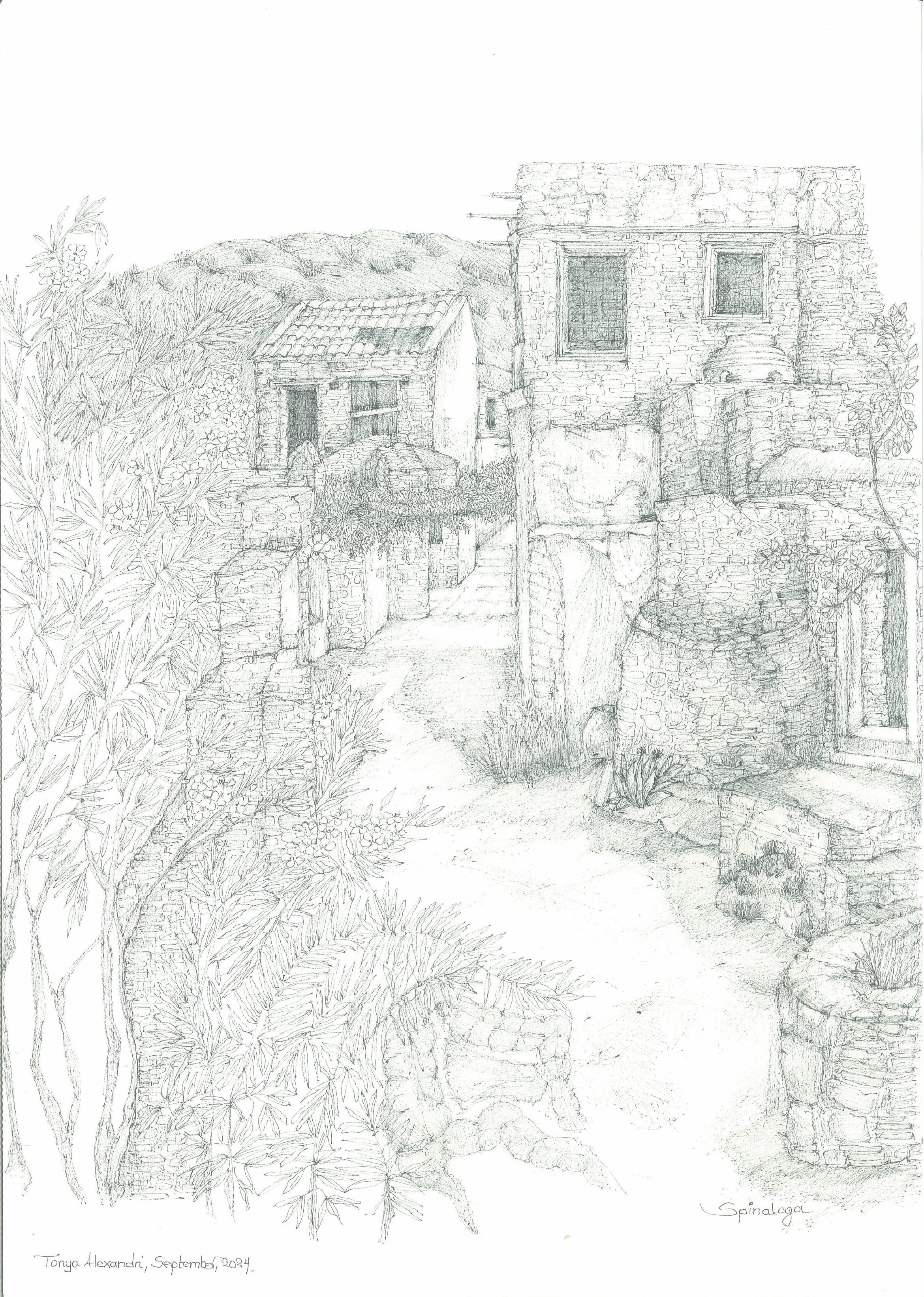
Edna O’ Brien’s memoir, Country Girl, includes themes to do with people, events, history, places, self-exile and homeland, how they all reside within us, and how they are renegotiated over time. In the prologue she writes; “I got out a cookery book from Ballymaloe House in County Cork, where I’d stayed a couple of times and partook of delicacies such as nettle soup, carrageen moss soufflé, lemon posset with rose-scented geranium and gooseberry frangipane with baby banoffees. It was where I had seen for the first time and been astonished by Jack Yeats’s paintings, thick palettes of curdled blues that spoke to me then as deeply of Ireland as any poem or fragment of prose could do. I looked up the recipe for soda bread and did something that I had not done in thirty-odd years. I made bread. Broken piano or not, I felt very alive, as the smell of the baking bread filled the air. It was an old smell, the begetter of many a memory, and so on that day in August, in my seventy-eighth year, I sat down to begin the memoir which I swore I would never write.”
.Snippets from O’Brien’s Country Girl:
“History is everywhere, it seeps into the soil, the subsoil, like rain or hail or snow or blood. A house remembers, an outhouse remembers, a people ruminate, the tale differs with the teller.”
“… and it was as if the two countries warred and jostled and made friends, inside me, like the two halves of my warring self.”
“It had something to do with going back, for ever the need to go back, the way animals do, the way elephants trudge thousands of miles to return to where the elephant whisperer has lived. ‘We go back for the whisper,’ she said, the dreamed-of reconciliation”. From Edna O’Brien’s memoir Country Girl
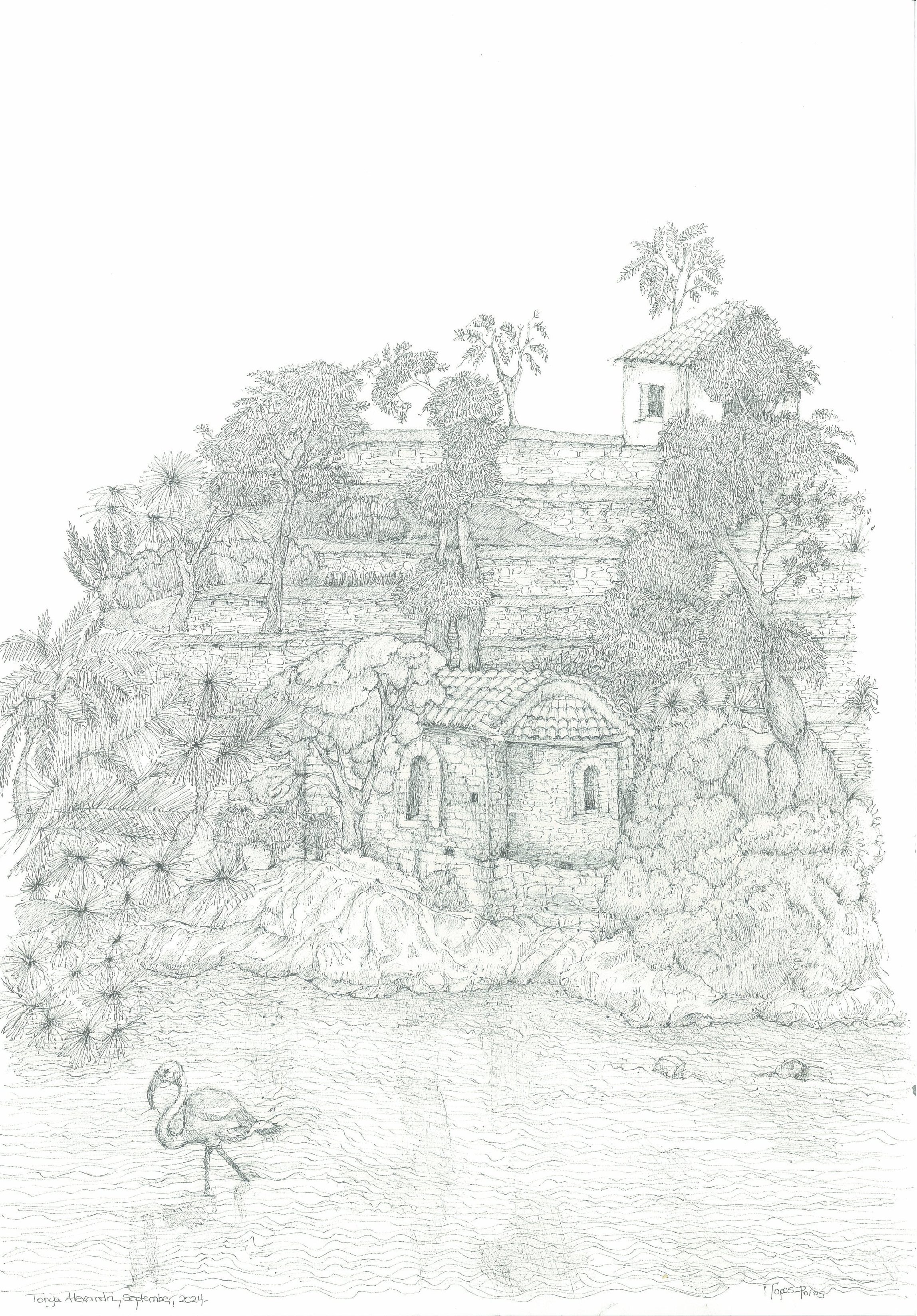
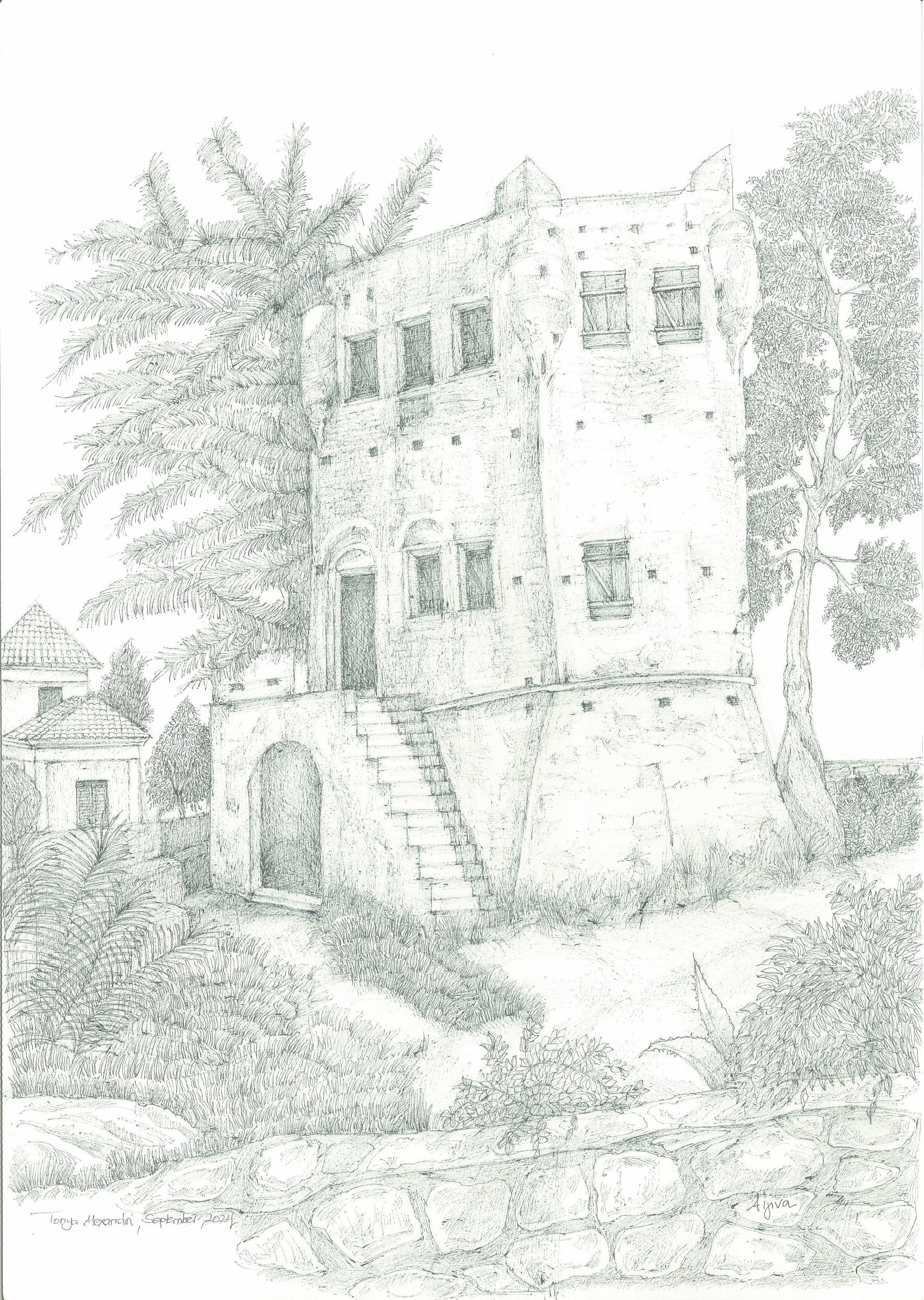
B. Today I also have some more drawings inspired by places in Greece and accompanied by passages by writers Lawrence Durrell and Henry Miller, and Greek poet, Kostas Varnalis. To some extent, these narratives are time bound, and they are all very personal, coloured by the writers’ experiences and worldviews. They are as much about Greece, then and now, as they are of the writers themselves.
From The Greek Islands by Lawrence Durrell:
“Poros is a most enchanting arrangement, obviously designed by demented Japanese children with the aid of Paul Klee and Raoul Dufy. A child’s box of bricks that has been rapidly and fluently setup against a small shoulder of headland which holds the winds in thrall, it extends against the magical blue skyline its long herbaceous border of brilliant colours, hardly quite dry as yet; the moisture trembles with the cloud-light on the wet paint of the houses, and the changing light dapples it with butterflies’ wings. As the harbour curves round, everything seems to move on a turntable hardly bigger than the hurdy-gurdy of a funfair, and you have the illusion that without getting off the ship you can lean over the rail and order an ouzo. And this sense of proximity is increased so that you seem to be sailing down the main street with the inhabitants walking in leisurely fashion alongside the ship. You feel that finally they will lay friendly hands upon the ropes and bring it slowly to a halt. The best description of entering Poros is that of Henry Miller, who captured the port in masterly fashion in his Greek travel book.”
The American writer Henry Miller, whom Durrell refers to, travelled for five or six months around Greece in 1939, sometimes with friends he had made in Greece like Katsimbalis, who is the real colossus of Maroussi, and the Nobel prize winner, poet Georgios Seferis. His stay in Greece proved transformative for him and he believed he had had an awakening of sorts. In the afterword of a more recent edition of The Colossus of Maroussi, which I’m reading, Ian S. MacNiven writes: ”Miller leaves Greece for America on 28 December. With the world crashing into war, he drafts The Colossus of Maroussi, a paean to cross-national, multi-lingual friendship, to Greece, to peace. An idealized yet real portrait of Greece and the Greek character. Restlessly, still professing to believe that the war has nothing to do with him, Miller sets out on his year-long tour of the United States with the avowed intention of writing a parallel panegyric to his native land.” On his return to America he writes The Air-Conditioned Nightmare and a sequel, Remember to Remember, two years later. He gives up urban living and moves to the south of San Francisco. He lives in isolation in the wilderness in a cabin overlooking the Pacific Ocean, where he writes his long trilogy, The Rosy Crucifixion, the Sexus, Plexus, and Nexus volumes.
Miller’s beauitful description of coming into Poros:
“If there is one dream which I like above all others it is that of sailing on land. Coming into Poros gives the illusion of the deep dream. Suddenly the land converges on all sides and the boat is squeezed into a narrow strait from which there seems to be no egress. The men and women of Poros are hanging out of the windows, just above your head. You pull in right under their friendly nostrils, as though for a shave and haircut on route. …. To sail slowly through the streets of Poros is to recapture the joy of passing through the neck of the womb. It is a joy almost too deep to be remembered. It is a kind of numb idiot’s delight which produces legends such as that of the birth of an island out of a foundering ship. The ship, the passage, the revoking walls, the gentle undulating tremor, the green snakelike curve of the shore, the beards hanging down over your scalp from the inhabitants suspended above you, all these and the palpitant breath of friendship, sympathy, guidance, envelop and entrance you until you are blown out like a star fulfilled and your heart with its molten smithereens scattered far and wide.”
Greek poet Kostas Varnalis wrote about Aegena in the 1920s:
“One afternoon I took the boat at Perasia, the famous “Chryso”, and went first to Aegina. I had intended, starting from Aegina, to search around the Saronic until I found a suitable place to perch permanently. I wanted to always be close to Athens. Because I didn’t have much trust in myself. I knew how easily I get tired and bored. So I needed to be able to easily take the boat and come to the city of the Gods, to regret it and flee from the furnace of fire and manure to the coolness and quiet of the pelagos. In Aegina where I went first, I dropped anchor forever. I really liked the evening walk I took, along the shore from the “column” all the way to Saint Basil. I rented the second floor (two rooms) of a quiet house and returned to Athens to bring back my things. On a small table I placed some favorite books. On the walls all around I pinned a bunch of photographs of works by Greco, Poturizio, Botticelli, Da Vinci, Michelangelo, etc., bought from the Louvre Museum and the Vatican Gallery. I used to get up at dawn, lean out of the window in the yard and look at the sky and below me were vines, almond trees, pistachio trees, a well, a goat with its bell, a flock of chickens…. And then the landlady would bring me milk and coffee and I would sit to write, happy and optimistic or pace the room gesticulating animatedly as I recited the verses I had written, testing their sound by ear.”
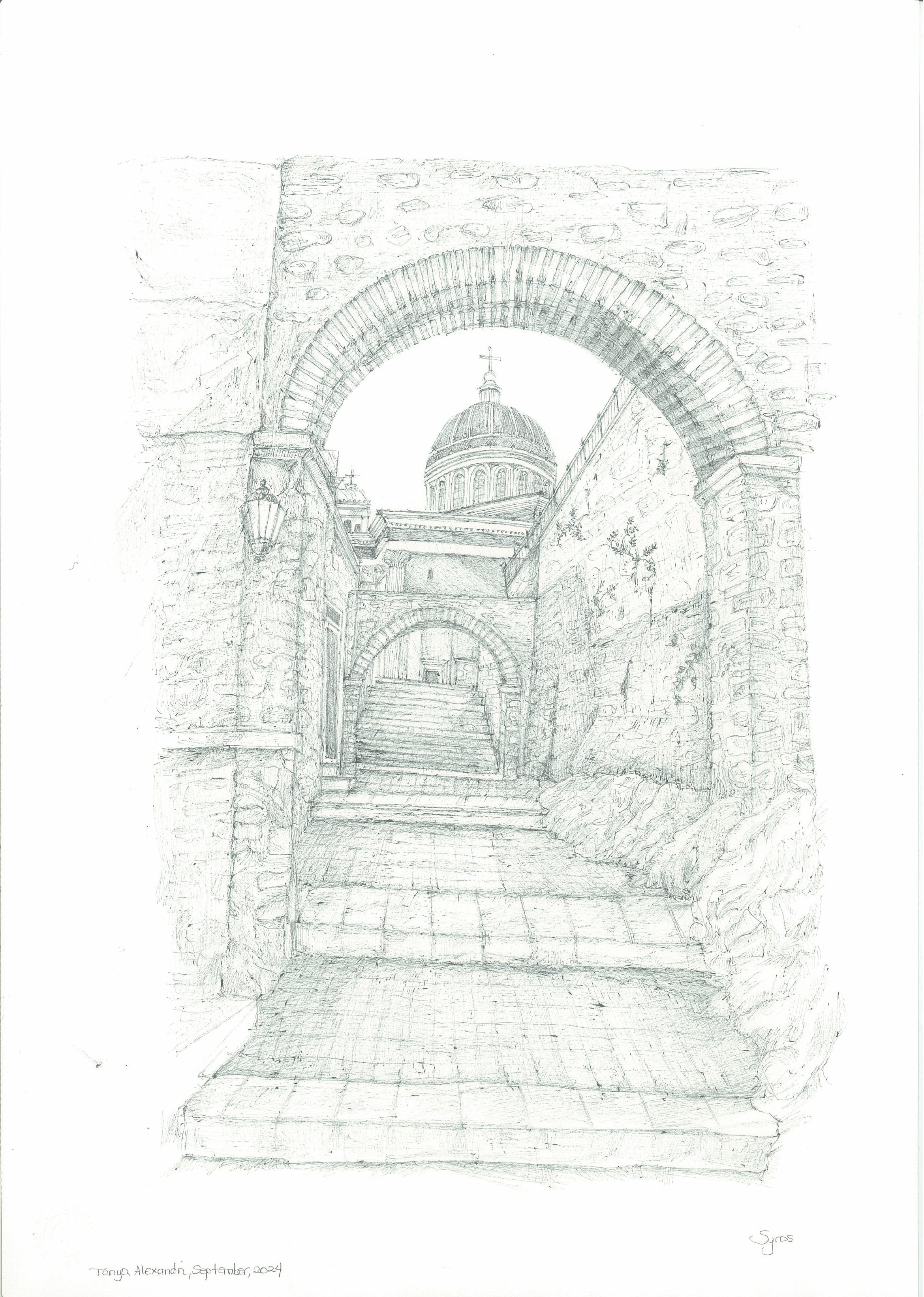
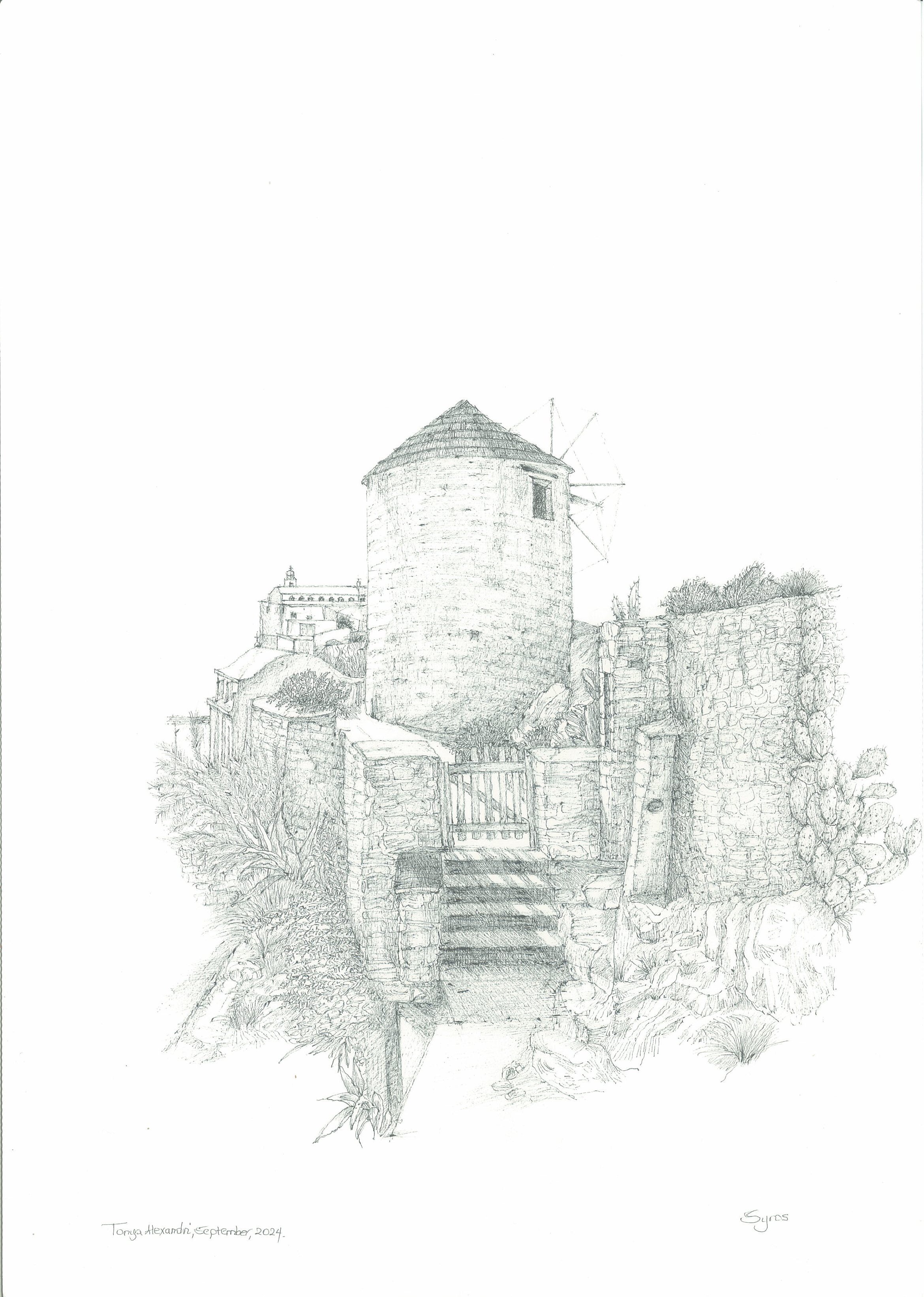
“A little before noon, Syra appeared. It stretched its warm and dry lines to the horizon, reflecting around it the heat of the sun, with no vegetation to absorb it. As the ship approached, the slopes of the dry rocks were shown in their unique nakedness, bathed in an irresistible light.” M. Karagatsis
